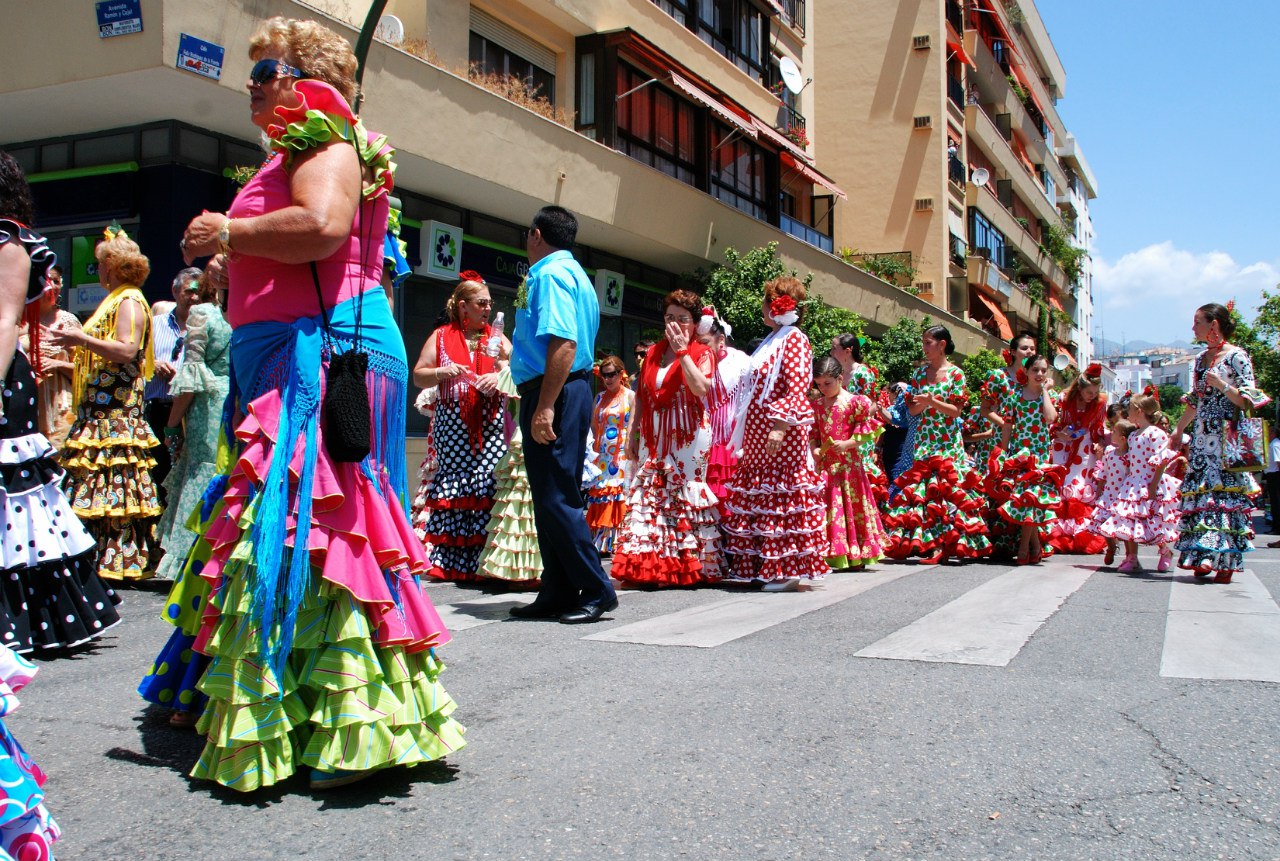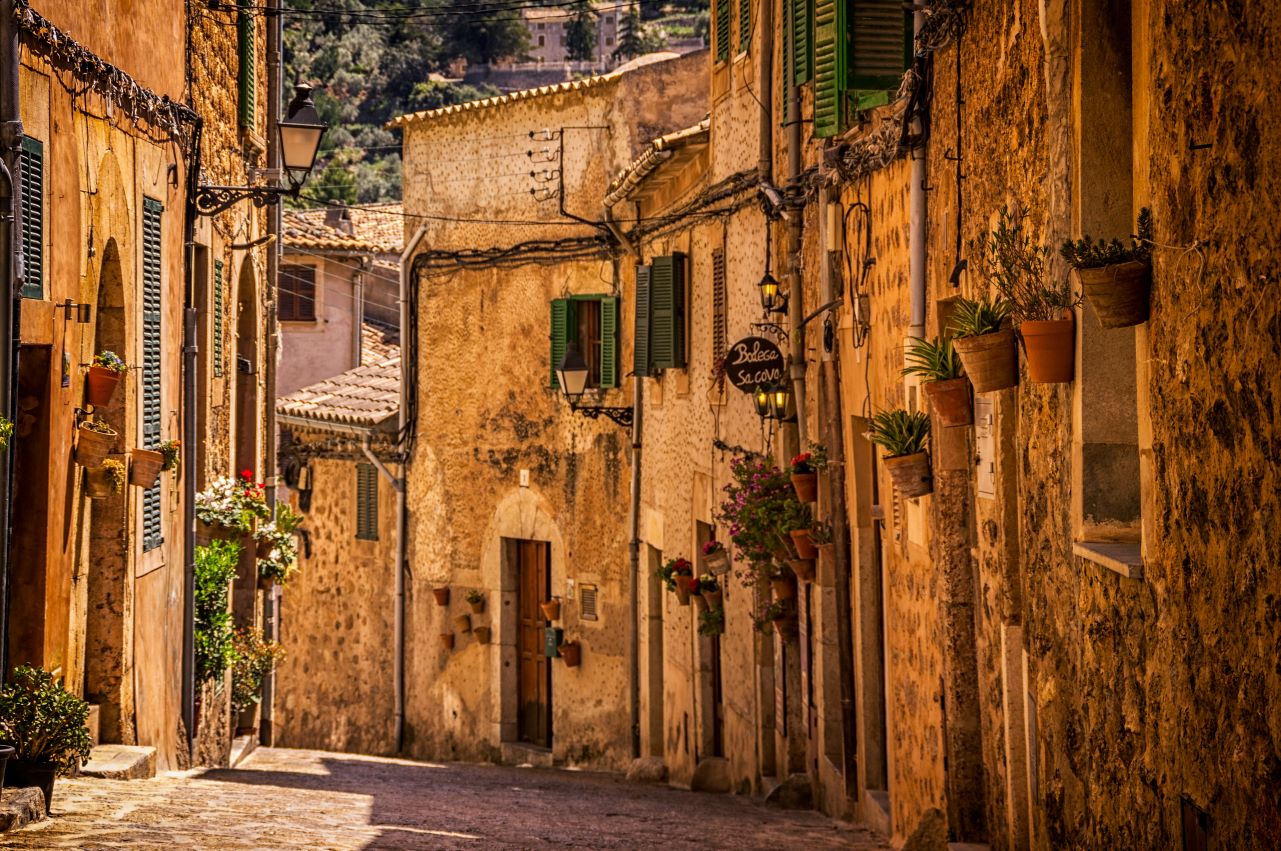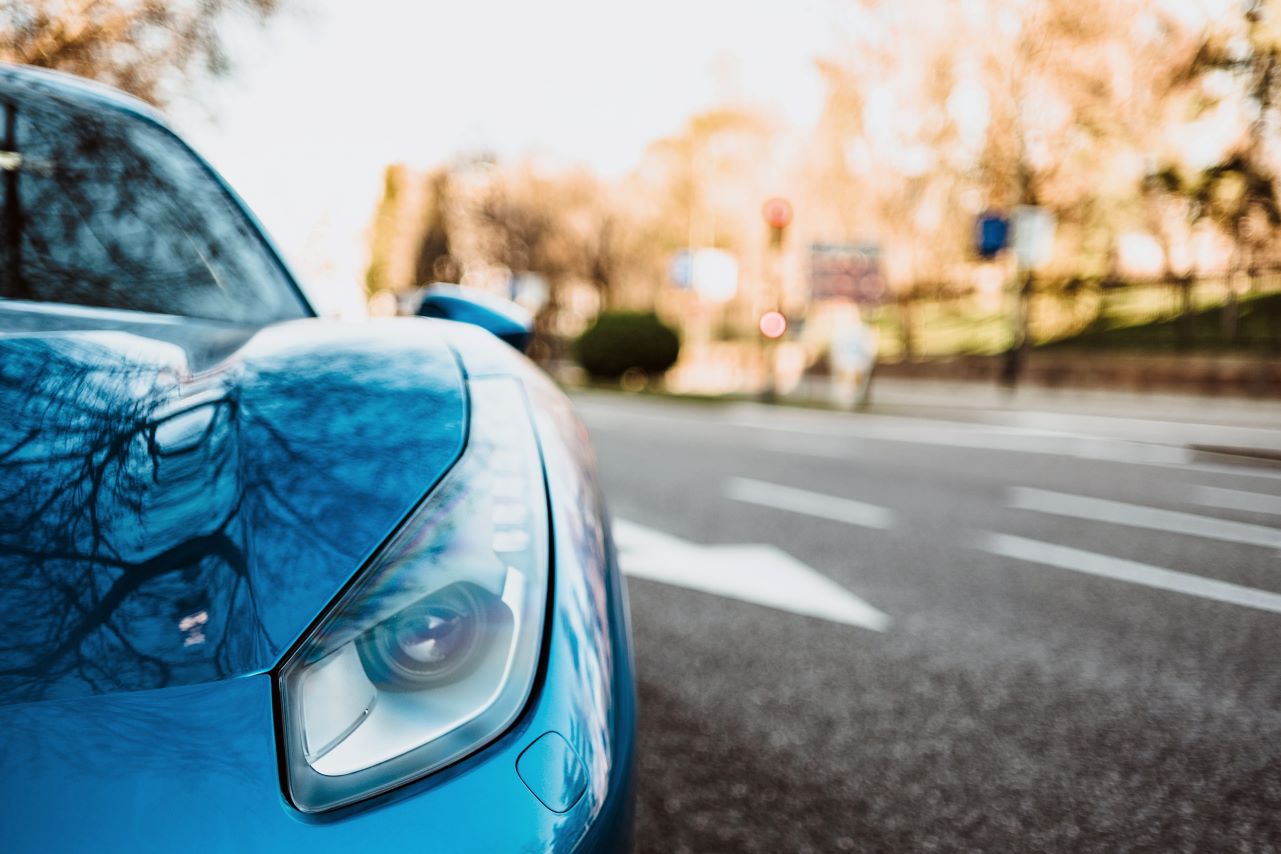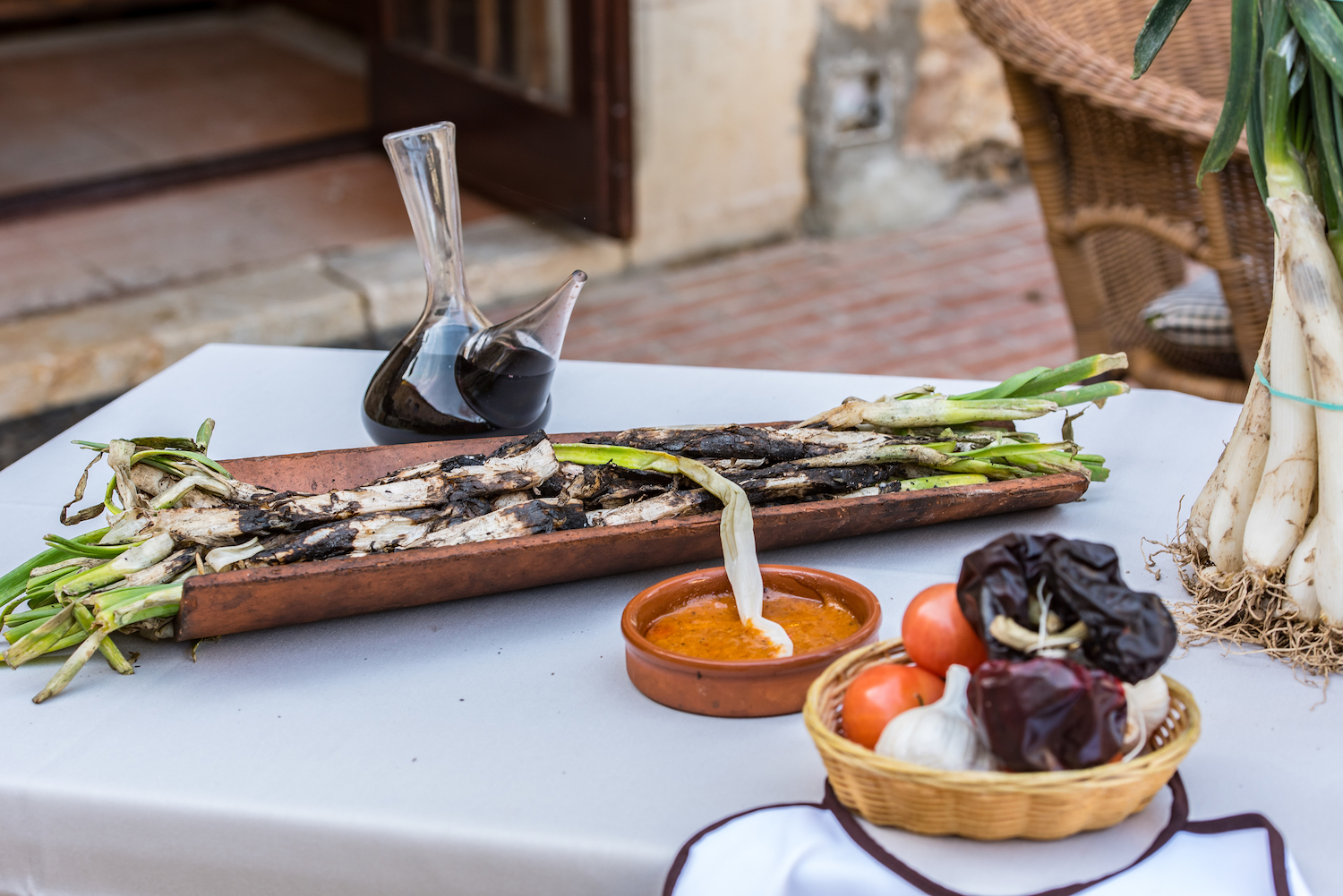Traditional Spanish costume
Traditional Spanish costume
National costume is an integral part of Spanish culture. Spanish costume expresses passion and temper of the population. It conformed to the ideals of Renaissance, emphasizing the slim figure, but also hid the body, as required by the Catholic Church. During the rule of Habsburgs in the XVI century, the most fashionable clothes was a strict carcass suit, made of dense fabric, generously decorated with gold or silver embroidery and precious stones (sometimes pearls).
There are many variations of Spanish man’s costume, but the traditional suit consisted of the following elements:
1. White shirt with unusual collar and high cuffs made of linen or cambric and trimmed with lace.
2. Colette is a short tight jacket with a detachable basque, buttoned in the front. Upright collar and narrow sleeves with shoulder roller.
3. Loincloth pants had circular shape and were decorated with horse’s tail. They were often decorated with vertical stripes made of decorative fabric (fixed only at the top and bottom) and hung loosely throughout the length.
4. The outer clothing included short or long coats and robes. Robe is a wide cloth with hanging sleeves and shoulder straps, which was worn open or zipped high under the neck.
Women’s costume differed from the men’s one with an expressiveness and reminded of the suits of other European nations. Such suit had an expressed waistline. The ray-shaped pleats came up and down of it, making the woman’s figure even slimmer. The dress bodice was made of dense carcass and hid chest and neck. The bodice was completed with conical metallic “vertugadin”, two skirts, the upper of which had triangular cut in the front. The corset with metallic or whalebone plate tightly fitted the chest. The sleeves could be detachable or folding. The collar of women’s suit had a very unusual shape: it opened at the front and bared the neck. The closed collars with different drapery were also popular. National Spanish have contributed to the world fashion and reflected the Spanish color. Even now some Spanish traditions can be seen in the men’s bullfighter suit and the women’s costume of Flamenco dancer.








Comments